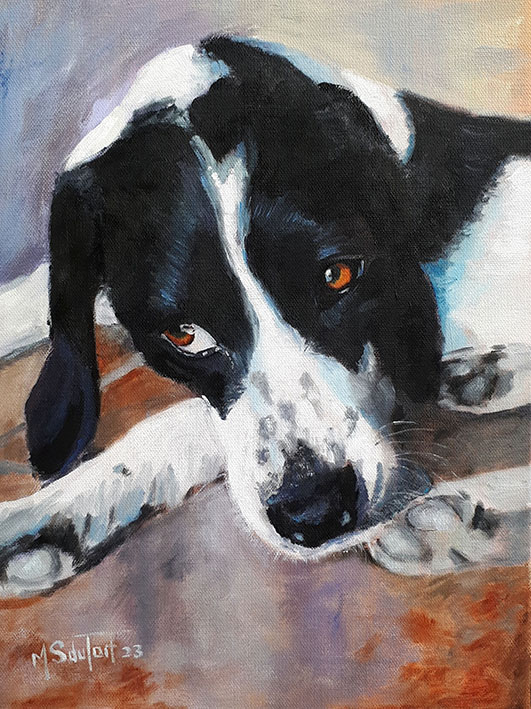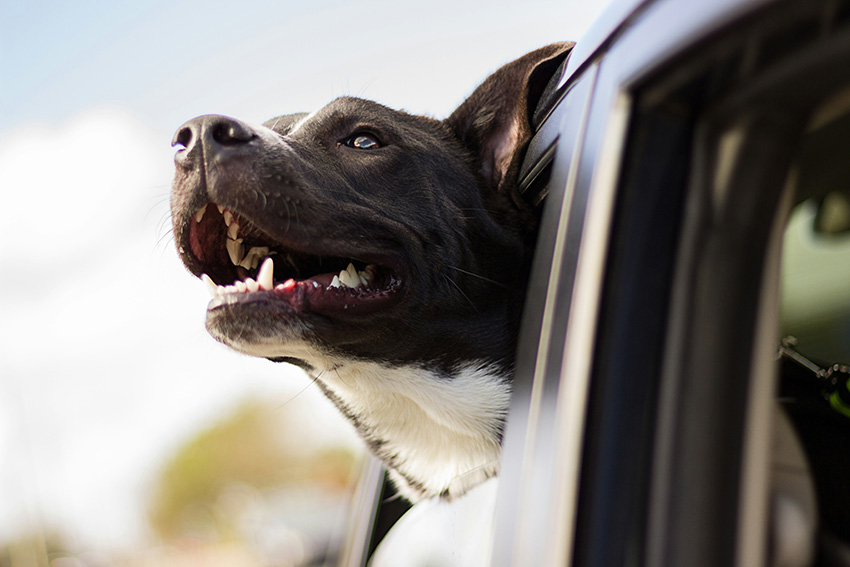If you’ve ever spent time with a dog, you’ve likely noticed how their noses are often cool and moist. Whether it’s a greeting, a nuzzle, or simply a moment of rest, a dog’s nose is one of its most distinctive features. But have you ever wondered why dogs’ noses are wet? It’s a question that might seem simple at first, but the answer involves a fascinating combination of biology, evolution, and function.
The Science Behind a Dog’s Wet Nose
The main reason why dogs have wet noses is related to their sense of smell. Dogs have an extraordinary olfactory system, far superior to that of humans. While we have about 5 to 6 million olfactory receptors in our noses, dogs have a whopping 300 million. Their sense of smell is so keen that they can detect scents at incredibly low concentrations, sometimes as low as one part per trillion. This heightened sense of smell plays a major role in the wetness of their noses.
The moisture on a dog’s nose helps to capture and hold scent particles. When a dog’s nose is damp, it creates an ideal surface for trapping airborne molecules, allowing the dog to better detect and process smells. The moisture essentially helps “catch” and dissolve the scent chemicals in the air, making them easier for the dog to sniff out and interpret. This is particularly important for dogs in the wild, as their sense of smell is vital for hunting, tracking, and navigation.
In addition to trapping smells, the moisture on a dog’s nose also helps to amplify the scent. Just as humans can “taste” some of what they smell, dogs can use the moisture to enhance their ability to detect a broader range of scents. The wet surface allows for greater sensitivity to various odor molecules, providing the dog with more detailed and nuanced information about its environment.
The Role of Mucus
The wetness of a dog’s nose is due, in part, to a layer of mucus that lines the inside of the nostrils. This mucus is produced by specialized cells in the nose, much like how human noses produce mucus when we have a cold. The mucus serves several functions. First, it helps to keep the inside of the nostrils moist, which, as mentioned earlier, is crucial for trapping scents. Second, it helps protect the delicate tissue inside the nose from drying out, particularly in dry conditions.
Additionally, the mucus produced in a dog’s nose can contain enzymes that help break down certain particles, making it easier for the dog to detect the source of the scent. This is why a dog might appear to “lick” its nose often—it is spreading the mucus around to help enhance its ability to smell.
Temperature Regulation
Beyond its role in scent detection, a dog’s wet nose also plays a role in thermoregulation, or temperature control. Dogs don’t sweat like humans do. Instead, they regulate their body temperature through panting and, to a lesser extent, through the moistening of their noses.
When a dog pants, it evaporates moisture from the surfaces of its mouth and nose, which helps cool the body down. This evaporation process is similar to how sweat cools human bodies. So, a dog’s moist nose also acts as a natural cooling system. The evaporation of the moisture on the nose helps to release heat, which can be particularly useful in hot weather or after exercise. This is one reason why you might notice your dog’s nose feeling particularly wet after a walk or a run.
Evolutionary Significance
The evolution of dogs’ wet noses is tied to their development as hunters and scavengers. In the wild, a keen sense of smell was essential for survival. Wet noses helped early canids—wolves, foxes, and other relatives of modern dogs—better track prey, locate food, and communicate with other members of their pack. Over time, this trait became more refined and more specialized in domesticated dogs.
While all dogs have wet noses, the moisture level can vary depending on breed, activity, and health. For instance, hounds and other scent hounds—like bloodhounds, beagles, and coonhounds—often have particularly moist and cool noses, as they rely on their sense of smell for hunting. On the other hand, breeds with shorter noses, like Bulldogs or Pugs, may not have noses that are as moist, but they still serve a similar function.
What Does It Mean If a Dog’s Nose Isn’t Wet?
While a wet nose is typical for most dogs, there are some instances where a dry nose could indicate a health issue. If a dog’s nose suddenly becomes dry, warm, or cracked, it may be a sign of dehydration, illness, or an infection. For example, dogs with a fever may have dry, warm noses. Allergies, nasal infections, and even sunburn can also cause a dry or crusty nose.
However, a dry nose doesn’t always signify a health problem. Dogs’ noses can naturally dry out when they are resting, particularly if they are in a warm environment or have been sleeping. A dog’s nose may also appear drier after eating or drinking, as the moisture is temporarily absorbed.
That being said, if a dog’s nose remains persistently dry, cracked, or warm to the touch over a period of time, it’s important to consult a veterinarian to rule out any underlying health concerns.
Best Homemade Dog Food Recipes
Conclusion
A dog’s wet nose is not just an adorable characteristic; it plays a critical role in its sensory abilities, health, and overall well-being. The moisture on a dog’s nose helps it detect smells with remarkable precision and even aids in regulating body temperature. It’s a feature that has evolved over thousands of years, finely tuned to suit the needs of both wild ancestors and modern pets.
So, the next time you encounter a dog and feel the cool, damp touch of its nose, you can appreciate that it’s not only a sign of affection but also a sophisticated, functional tool that helps dogs explore, understand, and interact with the world around them.



